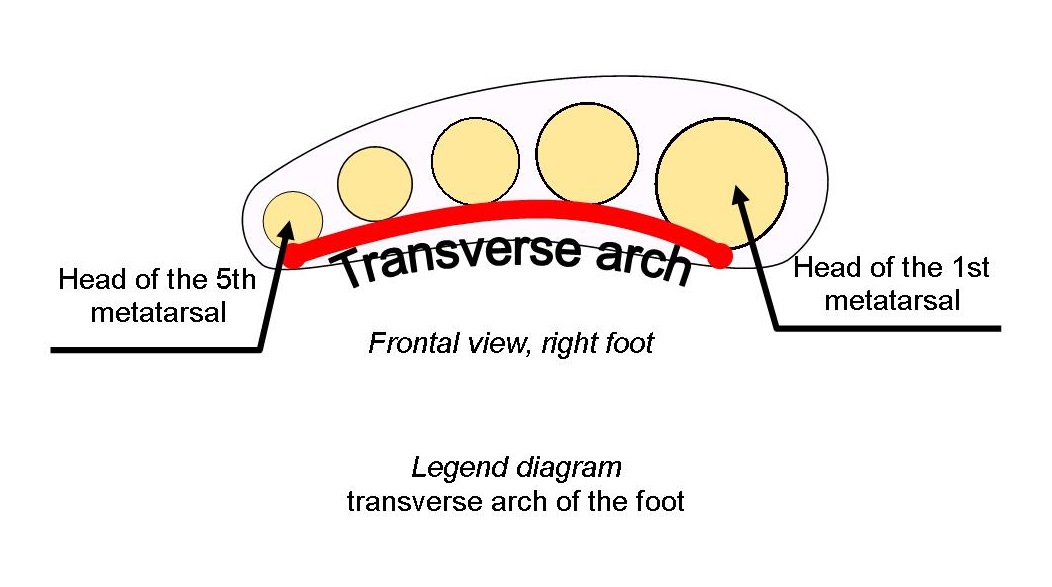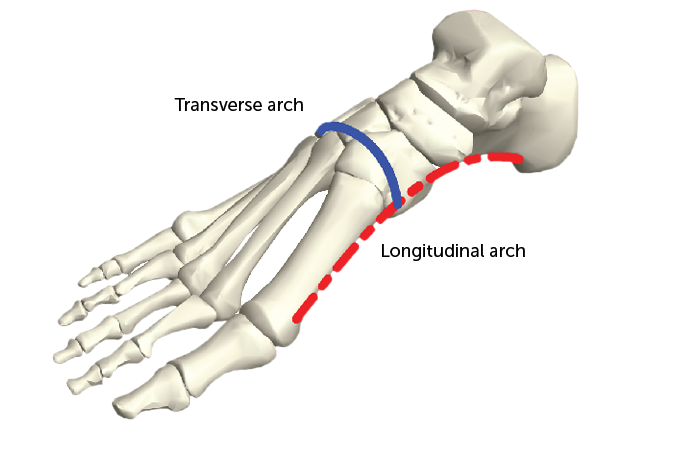Hidden transverse arch and it's importance
The arch that is perpendicular to the longitudinal arch is known as the transverse arch. The longitudinal and transverse arches of the human foot work together to provide the overall structure and functionality of the foot. The distal heads of the metatarsal bones form the transverse arch, which spans the breadth of the foot and offers flexibility and stability.

Why it is important other than Medial longitudinal arches?
Structure: By transferring the weight to the other structures in the foot, the structure plays the role of both stability and support, giving it an architectural aspect. They also serve as a framework that provides the foot with stability and support.
And they also look an aesthetic appeal to the foot where some individuals appear to be having a wide transverse arch and others may not.
Function: When standing, walking, and engaging in other weight-bearing activities, the transverse and longitudinal arches of the foot assist in equally distributing the body's weight across the foot.
By naturally absorbing the shock of each step and lessening the strain on the bones and joints, the arches of the foot serve as shock absorbers. The transverse arch has a role in this ability to absorb shock.
Gait-walking pattern: An efficient and natural gait is enhanced by healthy transverse arches, which also lower the chance of foot-related problems like over pronation or supination.
The foot can adjust to different terrain and uneven surfaces thanks to the transverse arch's ability to flex and conform to the ground's contours. It takes flexibility to run and walk comfortably and efficiently.
Author
Dr. Durga Saravanan (PT)., MSc Sports biomechanics and kinesiology.

